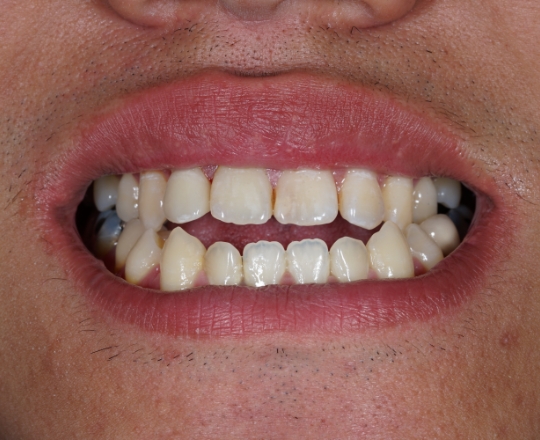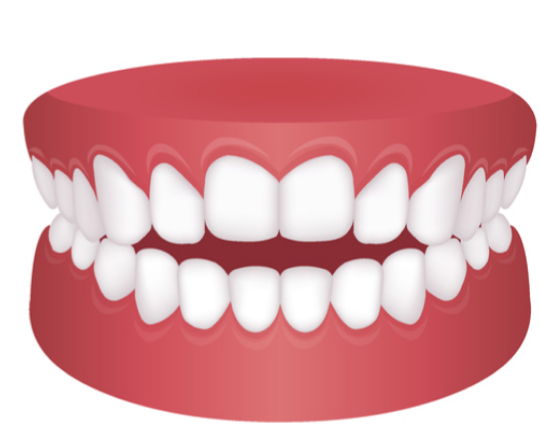Open bite


Open bite
Open bite is a type of malocclusion which means that the teeth aren’t lined up properly when your jaw is closed or in a resting position.
Barbell walking lunge | Exercise Videos & Guides | Bodybuilding.com buy hcg Standing Leg Curl | Exercise Videos & Guides | Bodybuilding.com
Most people who have open bites have front upper and lower teeth that slant outwards so they don’t touch when the mouth is shut. This results in a gap or opening between the upper and lower jaw, an open bite can not only affect the appearance of someone’s smile but it has been known to cause difficulty with speaking (leading to lisps or other speech impediments). What causes open bites? For open bites, the 5 general factors that contribute to this misalignment between the upper and lower teeth are thumb-sucking or pacifier sucking, tongue thrusting (myofunctional habits), skeletal problems, myofunctional habits, mouth breathing and clear tray treatment.- Thumb-sucking or pacifier sucking This is most common in children. When someone sucks on an object (like their thumb, a pacifier or even others things like pencils) they strain the alignment of their teeth. If this strain is continued on for a length of time, it can cause an open bite
- Tongue Thrusting Tongue thrusting occurs when the tongue is pressed against or through the teeth when swallowing or speaking. Much like thumb-sucking, this is more common in children. Most children grow out of this habit but for those who don’t it can cause bite and speech problems.
- Skeletal Problems As we mentioned, sometimes genetics can be the reason that someone develops open bite. In some cases your jaw can grow apart as opposed to growing parallel to each other.
- Clear Tray Treatment This can result in a posterior open bite. Where the upper and lower front teeth are touching but the posterior teeth are not occluding.
- Mouth Breathing Occurs when there is nasal congestion, asthma and/or malocclusion..
Did You Know ?
Approximately 38% of the general population has a type of orofacial myofunctional disorder.

